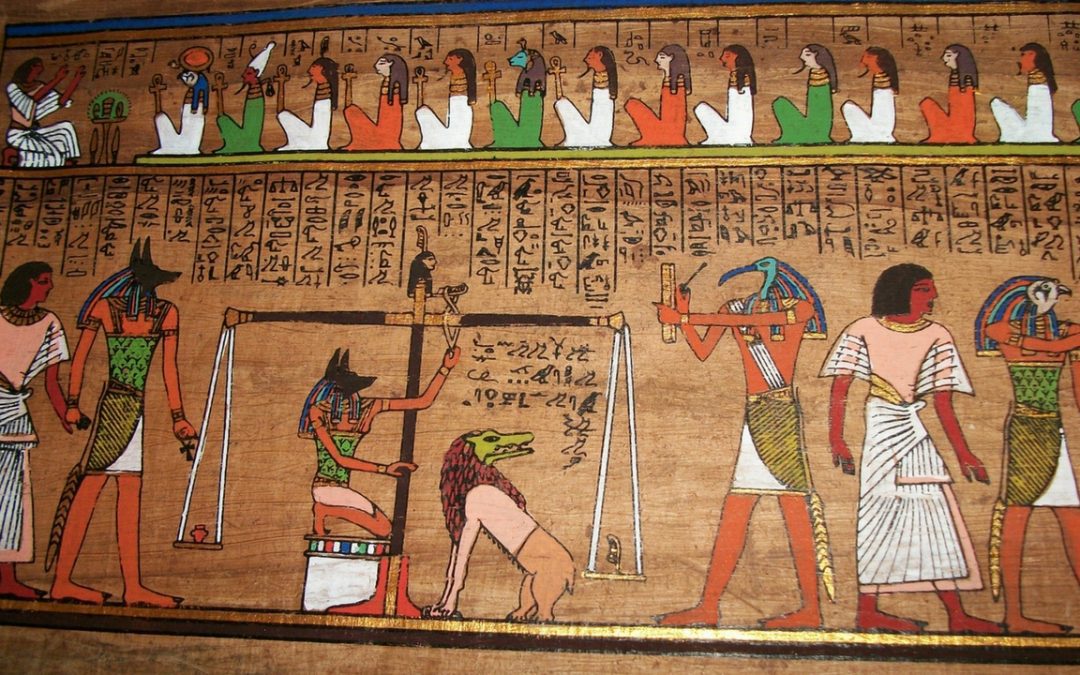There were over 2,000 ancient egyptian gods and goddesses, all of them representing natural phenomena, abstract ideas, or jobs. They used the idea of gods to justify, and explain why things happen that they couldn’t yet understand. Some of the gods were barely known, while others where worshipped by almost everyone. The gods could show favour to people but could also cause massive devastation on whim, killing thousands of people, and destroying cities.

Am-heh – God
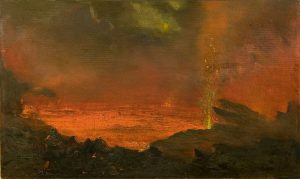
Not all gods are worshipped, some are feared, Am-Heh is one of the latter gods. Am-heh was a minor god of the underworld. He had the appearance of a human man, with the head of hunting dog. Am-heh lived on a lake of fire, and only Atum, father of the gods could stop him. was able to repel him. The literal translation of his name is “the devourer of millions” or “eater of eternity”. Am-heh was maybe the most terrifying of all the Egyptian gods and goddesses, although there are a few contenders. Am-heh is often compared to Babi because they both enjoy eating humans.

Pakhet – Goddess
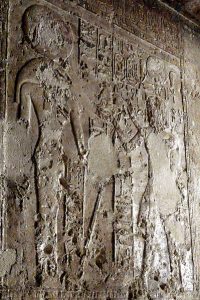
Copyright Kurohito / (CC BY-SA 3.0)
Pakhet is a goddess of war depicted as a women with the head of a lion. Her name translates to “She Who Scratches”. Pakhet was a regional deity, related to people who hunted in the wadi. One of her other names is She Who Opens the Ways of the Stormy Rains. Sometimes she takes the form of a desert wildcat and roams the desert, hunting for prey. This led to her gaining the name “Night Huntress. Pakhet had sharp eyes, and pointed claws which she would use to decimate unfortunate creatures she found wondering the desert at night.

Menhit – Goddess

“The slaughterer”, “the one who sacrifices”, or “she who massacres”, are all names for the goddess Menhit, which tells you a little bit about her personality. She was a Nubian war goddess, and was believed to actually help armies fight their battles for them. If an army had her favour she would travel on ahead of the army and cut down their enemies with fiery arrows. Menhit was another leonine goddess, since most war related things were connected to lions. Many people believed that she was married to other war gods including Anhur and Menthu. She was also said to be the wife of Khnum and the mother of Heka.

Amun-Ra “The Hidden One” – God
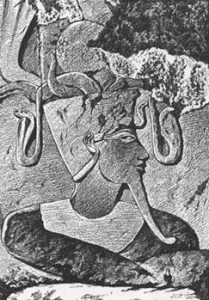
Amun-Ra is the god of all gods, and one of the most important Egyptian gods and goddesses. Amun-Ra became known across Egypt thanks to the rule of Ahmose I, after the rebellion of Thebes. He was the champion of the poor, and his importance in Egyptian society kept growing with. At one point it was as if he was the only god, and many people believed that other gods were simply manifestations of him. None of the other Egyptian gods and goddesses were as written about as him. Eventually he was even worshipped in places outside of Egypt and eventually evolved into Zeus in Ancient Greece.

Mut – Goddess
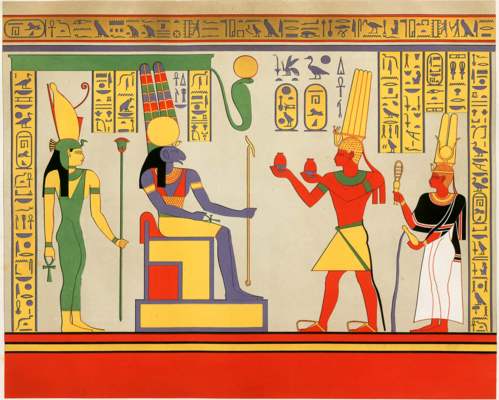
Mut was a primal deity connected to the waters from which the world was born. She’s the queen of the goddesses and lady of heaven. She was worshipped by all the emperors who wanted to gain her favour, but they all had to worship her in their own way to show their authority to rule through an association with Mut. She was often depicted as a woman who wore a double crown, and a long red dress. Myths circulated that Mut had no parents and came nothing, this led people to believe she couldn’t have children, and chose to adopt instead. One of the gods she adopted was Menthu the god of war.

Horus – God
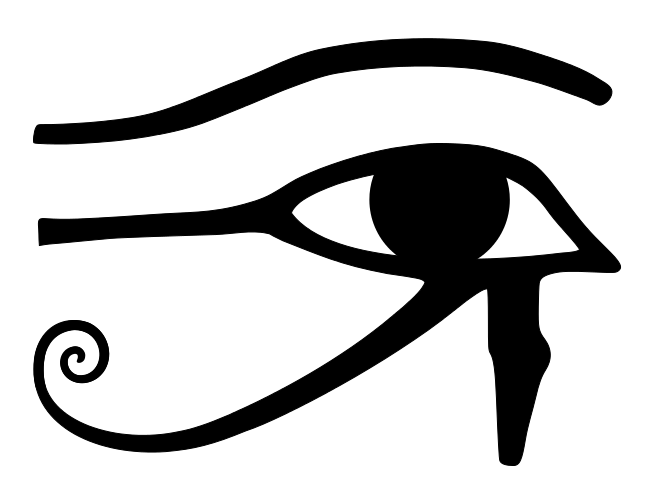
Copyright eff Dahl / (CC BY-SA 4.0)
Horus was a sky god who protected the Pharoahs of Egypt against danger, people even believed that the Pharoahs were Horus in human form. Horus was the son of Isis and Osiris. Horus got into a fight with a god known as Seth after Seth killed Osiris. Horus was injured during the fight and lost an eye, but it was returned to him. Horus was most commonly depicted as a falcon, or as a man with a falcon’s head. While the Pharaoh was Horus while alive and in human form, when he died he changed to become Osiris in death, and join the other gods.

Geb “God Of Earth”
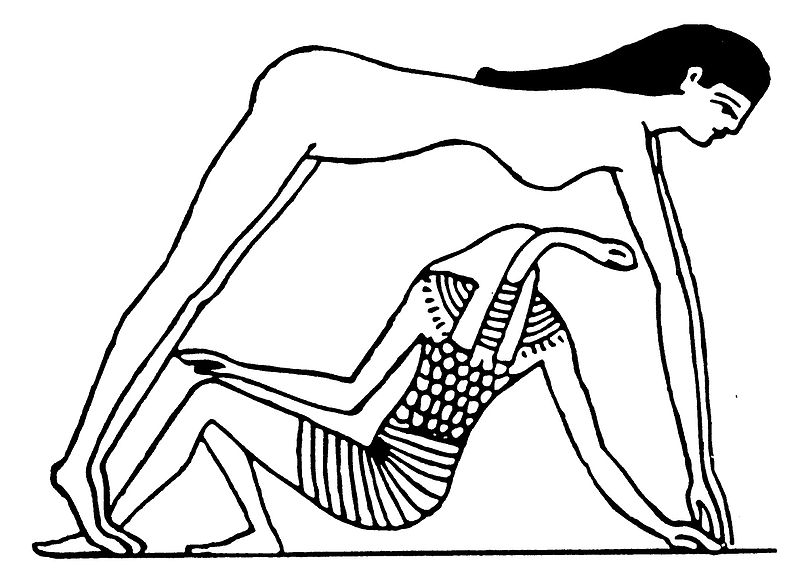
Geb is the god of the earth, he was so powerful that just his laugh would cause an earthquake. Geb is the father of snakes, and even wears one around his head. Geb was the son of Shu and Tefnut, and the husband of Nut. His children were Osiris, Seth, Nepthys, and Isis. Geb became a powerful king, and was dubbed the “Heir of the Gods”, and the Pharaohs became known as the “Heir of Geb”. Geb was the god who provided minerals, and precious stones like diamonds, he was god mines and caves. Geb is the god who decides whether you are allowed to ascend to heaven after death, people with guilty hearts will be trapped in the Earth by Geb.

Shezmu – God

Copyright Angela Andriot / (CC BY-SA 3.0)
Shezmu was a god of slaughter, execution, and blood. But at the same time he was god of perfume, god of the oil of press, and god of wine. He was a celebratory god who enjoyed partying, but also a bloodthirsty god who would slaughter other gods. Shezmu is a mysterious and confusing god, whose personality seems to vary wildly. Shezmu protected the sun god Ra against demons, by fighting them off and intimidating them. He didn’t only protect him though, he is also is said to have made him fine wine.

Nut – Goddess
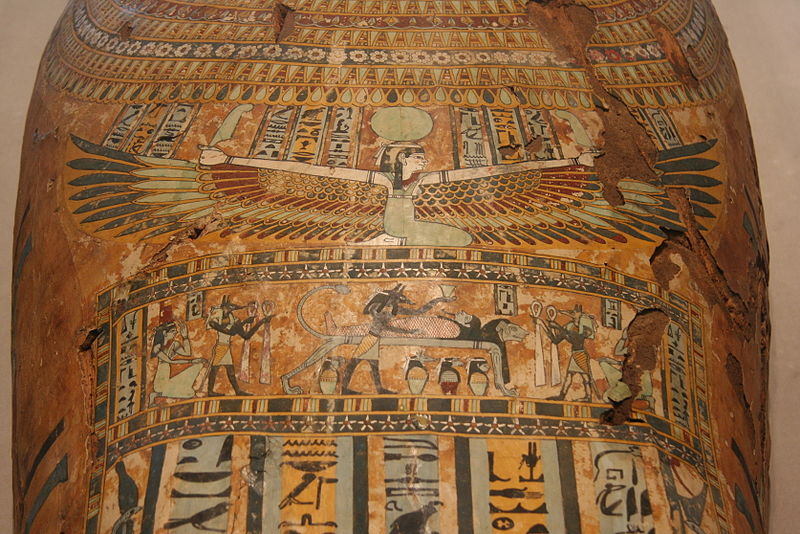
Nut is the goddess of the sky, she was depicted as a naked women who arched over the entire earth. Nut became pregnant and was going to give birth to four children. When the sun god Ra heard about this he became enraged, and fearful that they would be able to threaten his place on the throne. He decreed that Nut would have children on no day of the year. Nut wasn’t happy with this decision, and went to Thoth the god of wisdom, for advice. Thoth had an idea that would allow her to have her children without disobeying Ra. Thoth challenged the god of the moon, Khonsu, and every time Khonsu lost he had to give some of his moonlight to Thoth. Eventually Thoth won enough moonlight to make five new days. Nut could have her kids on these days because they weren’t technically a part of the year.

Isis – Goddess
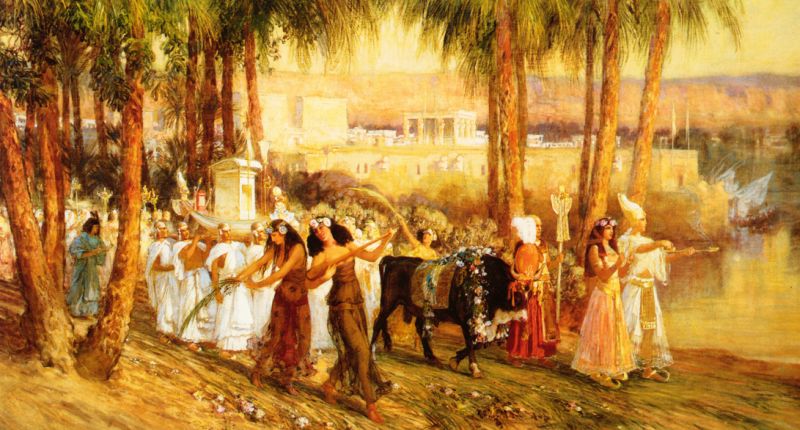
Isis was thought of as the ideal mother, and wife. Although she was mostly unknown at first she dramatically grew in popularity as the dynastic age progressed. She even became worshipped throughout the Roman Empire, and spread to countries all over the world, even today she is still worshipped by pagans all over the world. Isis was a friend of the slaves, sinners, and the downtrodden in general, although she would listen to anyone who prayed to her. She is often cited as the protector of the dead and goddess of children. Isis cured the sick, and could even bring the dead back to life.

